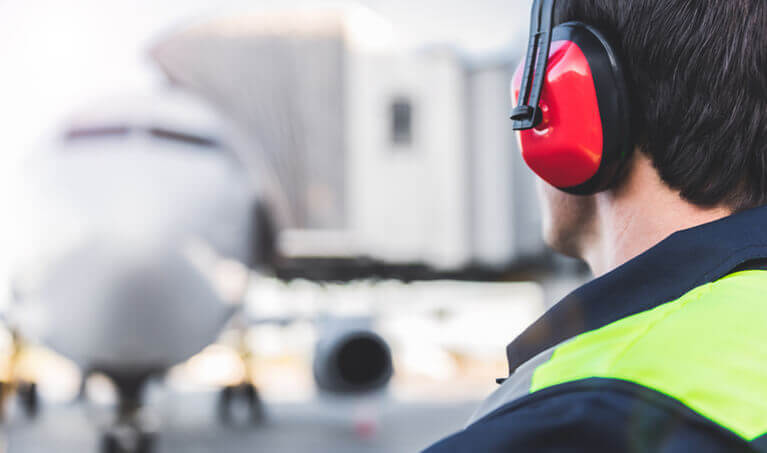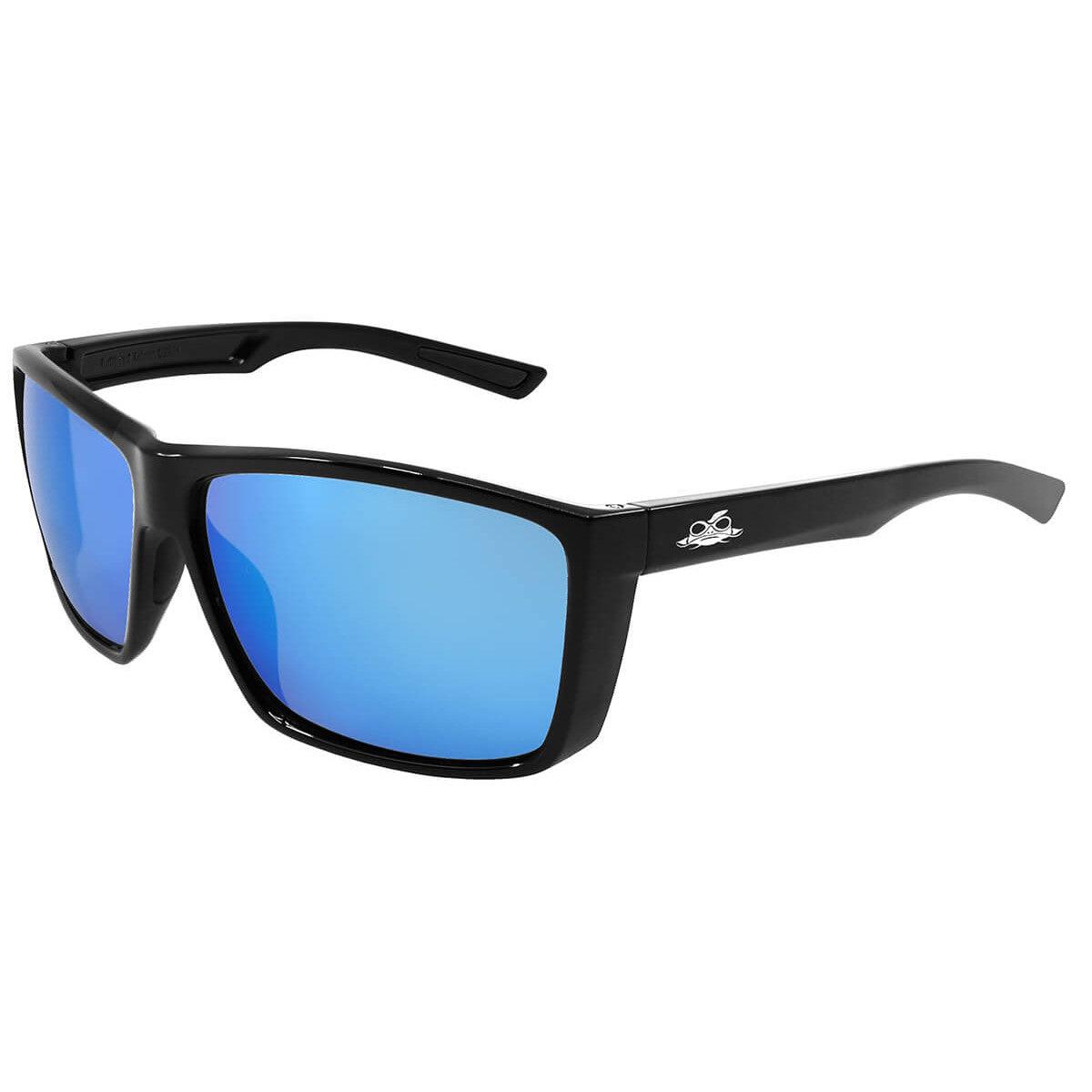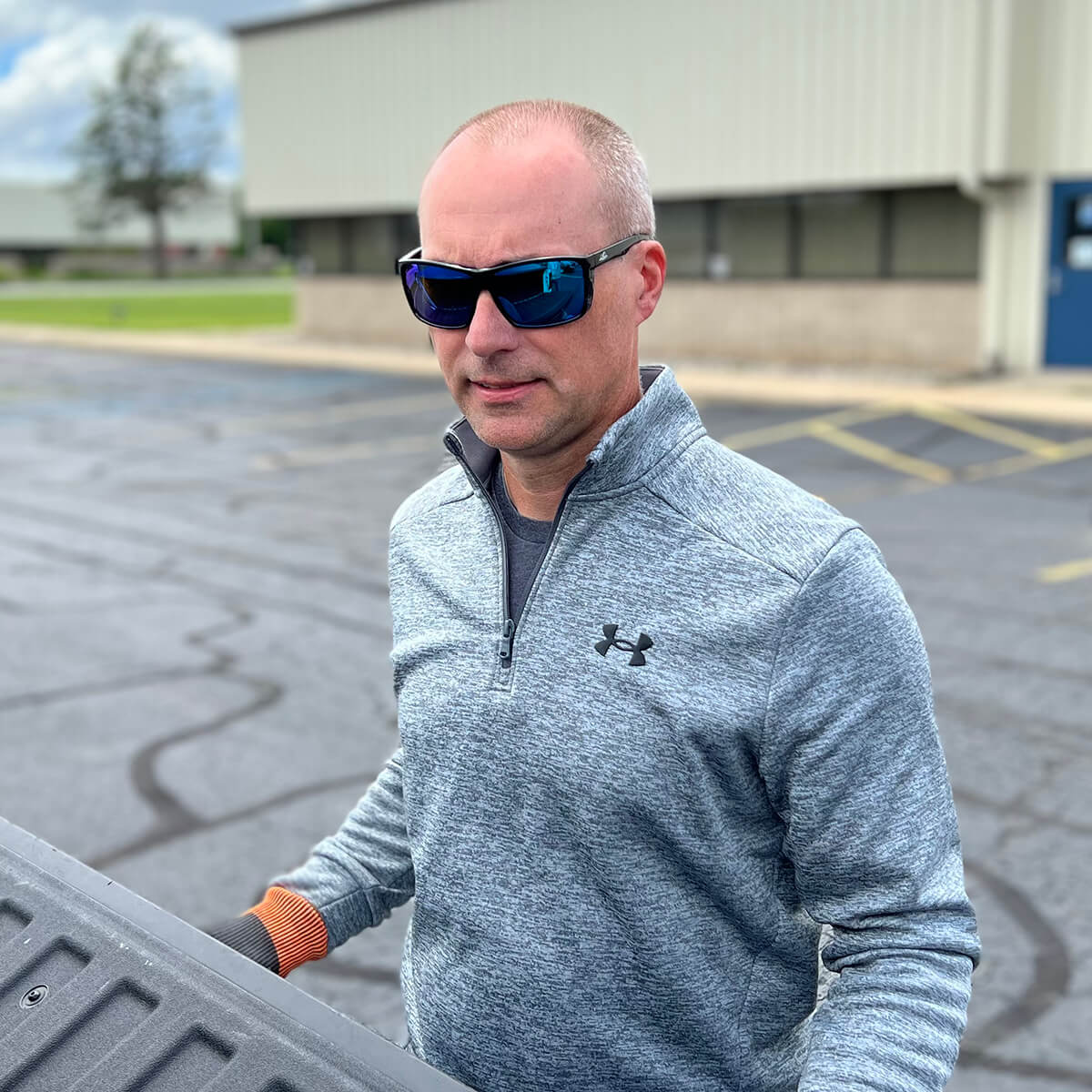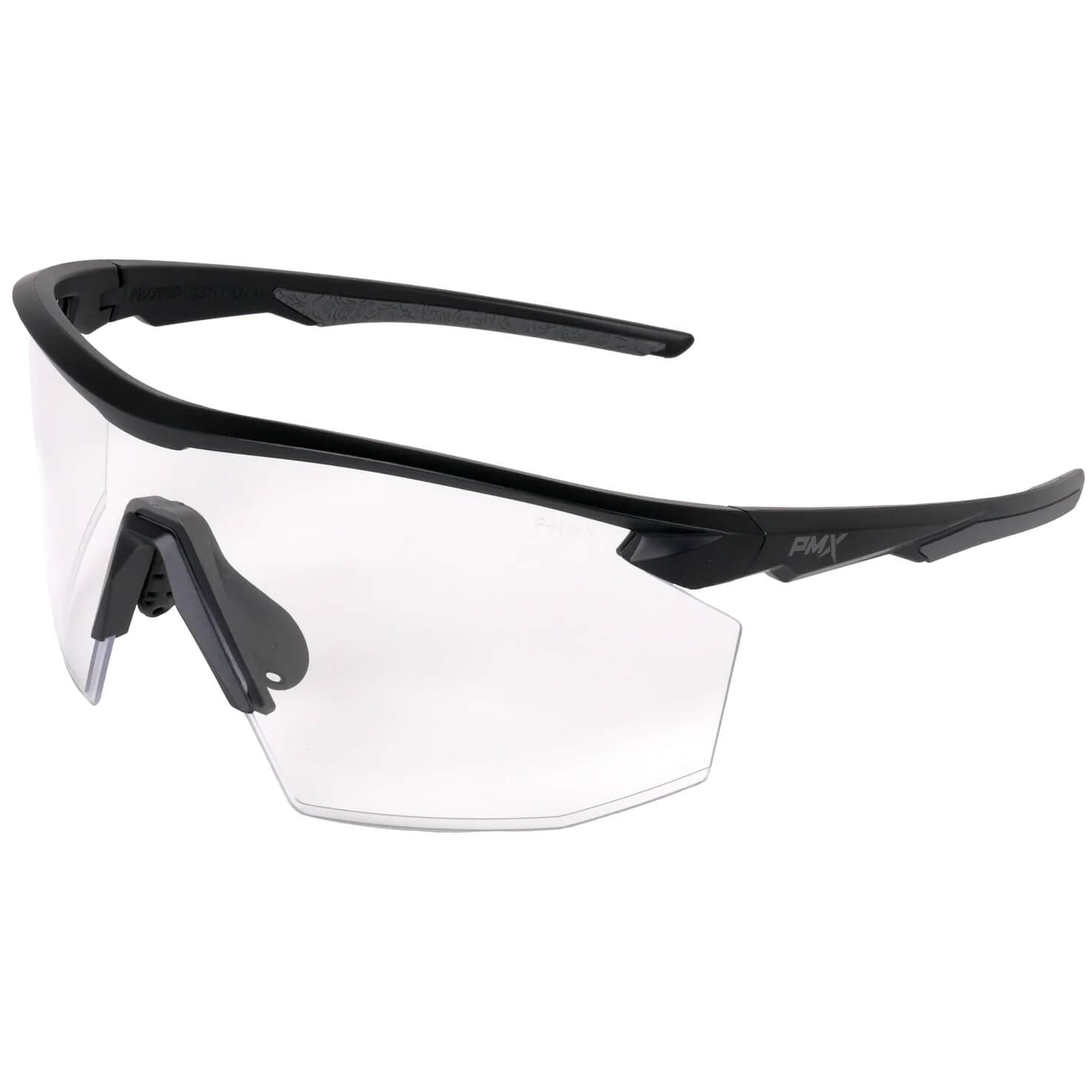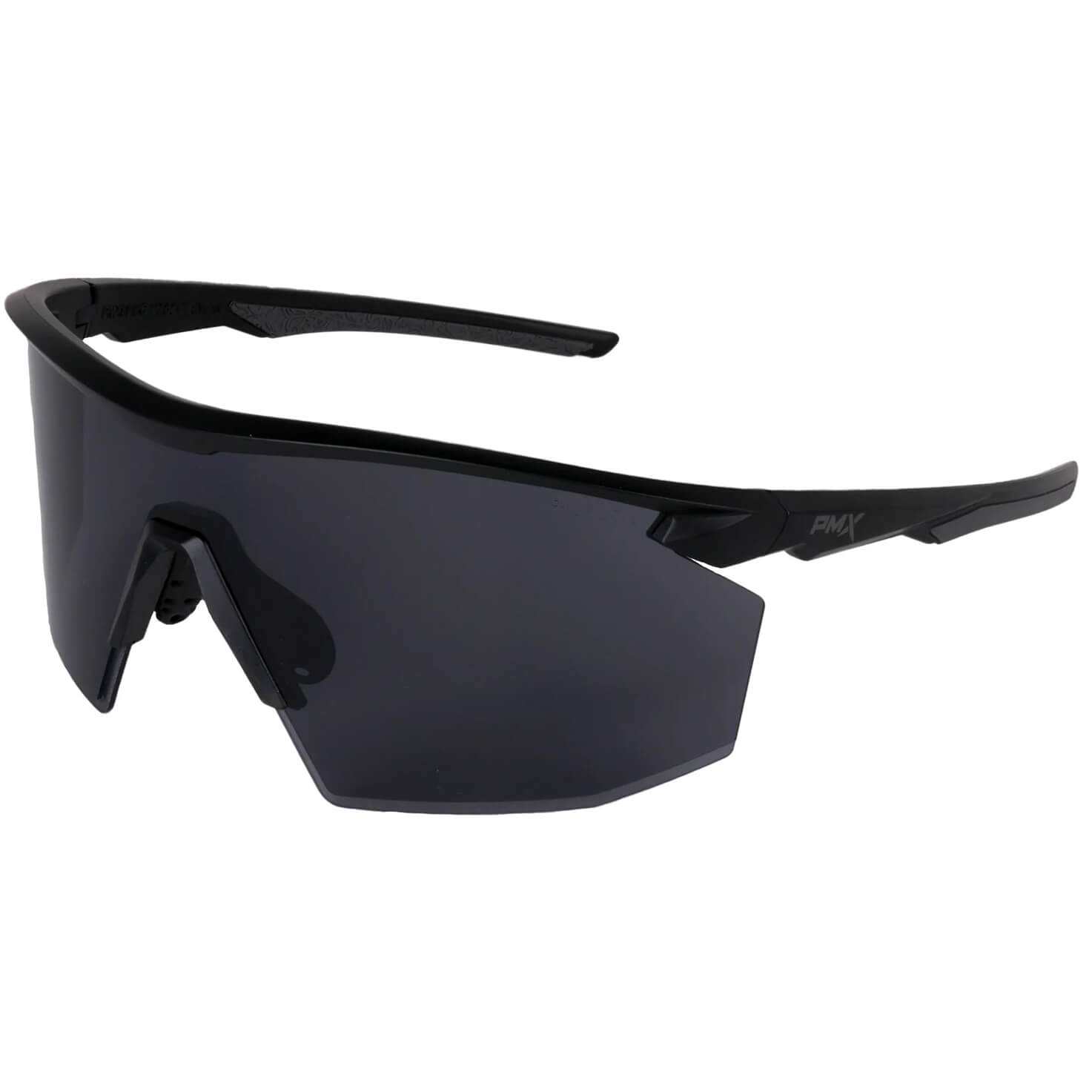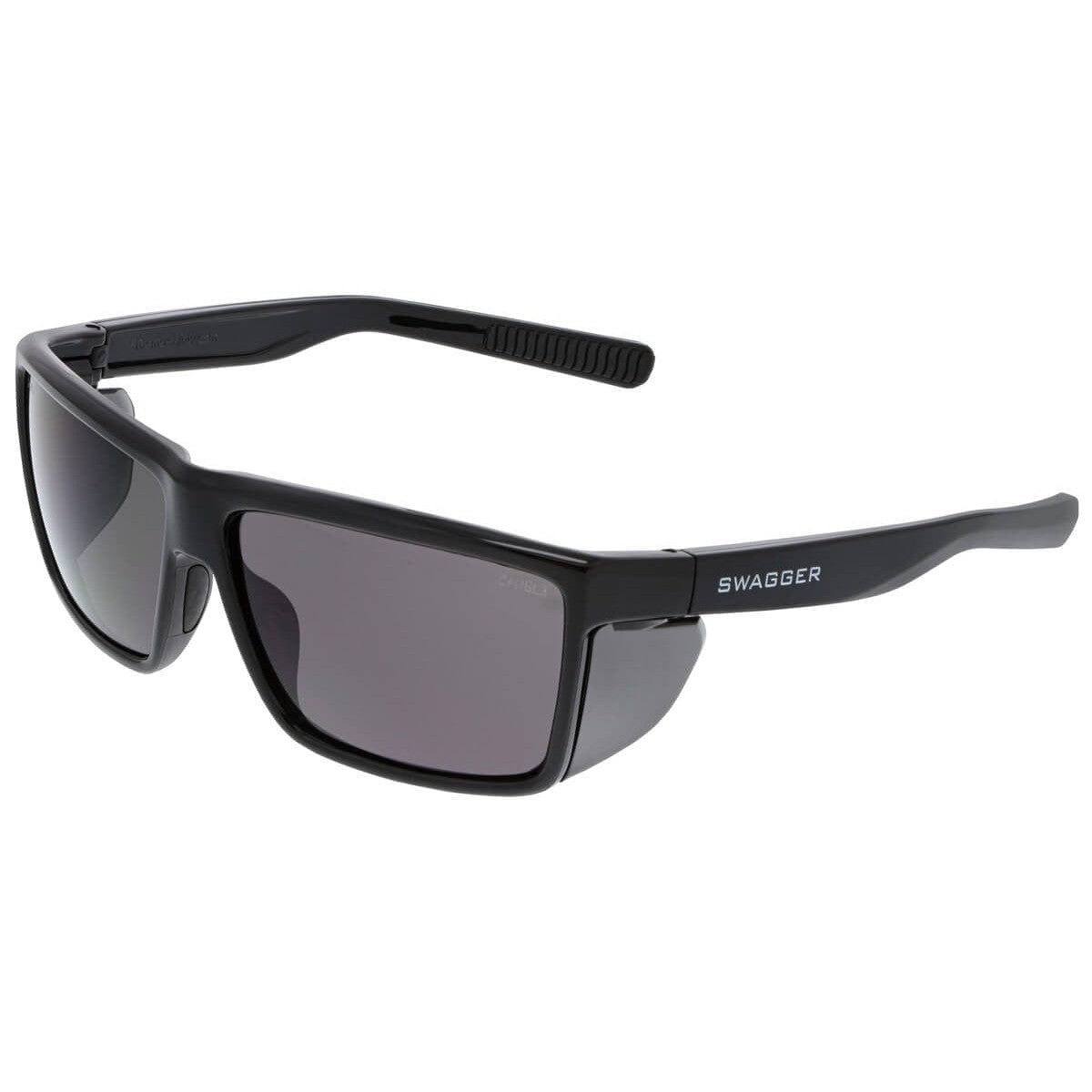Are you damaging your hearing as you go about your day? Consider that things like industrial machinery, heavy construction equipment, power tools, aircraft, gunfire, motorcycles, racetracks, and dental drills can, over time, all damage your ability to hear well. So do activities like sporting events, firework celebration, rock concerts, parades, and doing yardwork. A single event like a firecracker or rock concert can lead to temporary ringing in the ears (tinnitus) and hearing loss. Repeated exposure to loud noises, however, is likely to lead to permanent loss over time.
Hearing loss affects 1 in 10 Americans and is often age-related and unpreventable. However, it is also often caused by the cumulative effects of excessive noise exposure and thus preventable.
The workplace presents significant potential for damaging your ability to hear well. According to OSHA:
- Approximately 30 million people in the United States are exposed to hazardous noise.
- Noise-related hearing loss is one of the most prevalent work-related health concerns.
- Thousands of workers suffer yearly from hearing loss due to workplace noise.
Understanding Hearing Loss
Ears are damaged over time, and damage depends on amount, length and intensity of exposure to noise. And, most significantly, the damage is permanent.
“Aging and exposure to loud noise may cause wear and tear on the hairs or nerve cells in the cochlea that send sound signals to the brain. When these hairs or nerve cells are damaged or missing, electrical signals aren't transmitted as efficiently, and hearing loss occurs." (Mayo Clinic)
Because hearing loss is painless and gradual, it often goes unnoticed until it is impossible to ignore. Fortunately, there are some warning signs.
- A ringing or other sound in the ear (tinnitus)
- Trouble understanding what people say
- People seem to be mumbling, especially when surrounded by other noise
- Speech or music sounds muffled after leaving a noisy situation but fairly clear the next morning
Reducing the Risk of Hearing Loss
Obviously, you cannot eliminate your exposure to noise. There are, however, simple approaches to reduce the risk of cumulative hearing loss.
- Wear earplugs and/or earmuffs. Always wear hearing protection when working in an excessively noisy environment, when using power tools and lawn equipment, when firing a gun, and when riding a motorcycle or snowmobile.
- Find the right size and type of protection. A good fit increases the chances of consistently wearing it.
- Choose the right kind of hearing protection. “The right kind of hearing protection brings noise levels to a point where they won’t cause damage but necessary sounds like conversations can still be heard.” (Combating Common Objections to Hearing Protection)
- Turn down the sound. Decrease volume when possible on your radio, television, etc.
- Give your ears a break. If you’ve just vacuumed, wait a while before mowing the lawn. In addition, take regular breaks not just from loud noise but from any significant noise.
Hearing Protection
The loudness of a sound, measured in decibels (dB), relates to the degree of pressure created by sound waves. The faintest sound the human ear can perceive is 0dB (a pin dropping is 10dB), and the maximum is 180dB. Normal conversation at 3.5 feet is about 60dB.
Experts agree that continual exposure to more than 85dB is dangerous. Knowing this, consider the following everyday sounds and how they might impact hearing.
- Shop tools and truck traffic are approximately 90dB.
- Power mowers, chainsaws, pneumatic drills, and snowmobiles are each just over 100dB.
- Sandblasting, power saws, and rock concerts are approximately 115dB.
- A gun blast and a jet engine are examples of 140dB.
At the 140dB level, even short-term exposure can cause permanent damage. In fact, 140dB is the loudest recommended noise exposure with hearing protection. Instantaneous death of hearing tissue occurs at 180dB (a rocket launch, for example).
A good visual is the arm test. If you need to shout at someone standing an arm’s length away, the surrounding noise is probably damaging your ears. In addition, the ability to hear is directly connected to a person's overall health.
"Overall, hearing protection is absolutely necessary to ensure that employees retain their health. Loss of one’s hearing has been attributed to an increase in the possibility of cognitive function decline, mental health issues, and chronic pain associated with an increase in stress." (OSHA Hearing Protection Requirements)
Appropriate hearing protection is essential. However, improper fit greatly reduces effectiveness as does only wearing protection part of the time during noise exposure. Finding the right kind of hearing protection and committing to wearing it correctly and consistently is crucial for preventing hearing loss.
Types of Protection
There are two main kinds of hearing protection:
- Earplugs come in a multitude of styles and are inserted into the ear canal to block incoming noise. Styles include corded and cordless, pre-molded or moldable, and disposable or reusable. Banded earplugs (also called semi-insert ear plugs) consist of two earplugs connected by a rigid headband. Regardless of style preferred, ear plugs are the most comfortable for hot, damp work areas; plus, they’re simple to use, economical and effective.
- Earmuffs are made of noise-suppressing materials, soft cushioning that encompasses the entire ear and a hard outer shell. A band that either goes over the top or around the back of the head holds them in place. Electronic earmuffs are available with features such as radios, microphones, and impulse filters for sudden loud noises like gunfire. Overall, earmuffs provide greater protection than earplugs; plus, they’re easier to fit, are generally more durable, and have replaceable parts.
Choosing the Right Protection
The choice of hearing protection is a personal one and depends on several factors, including fit and comfort. Most importantly, though, the type of protection needed depends on your noise reduction needs.
If the noise is intermittent, earmuffs are a better choice since continually removing and re-inserting earplugs can be inconvenient. In areas where noise levels are very high, however, wearing earmuffs and earplugs together offers the most protection possible.
Choosing the right hearing protection involves understanding Noise Exposure in the Workplace as well as the basics of hearing safety, which we discussed above. Make time to prevent hearing damage with proper protection before it's too late.

